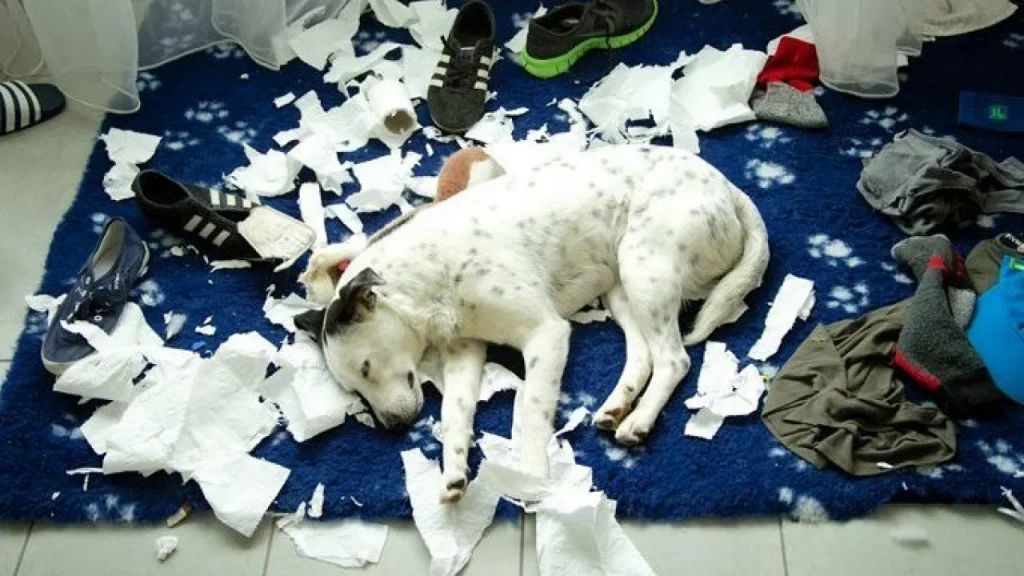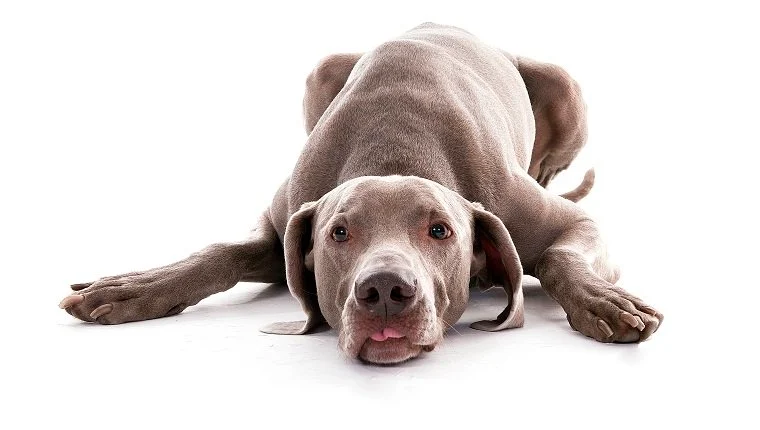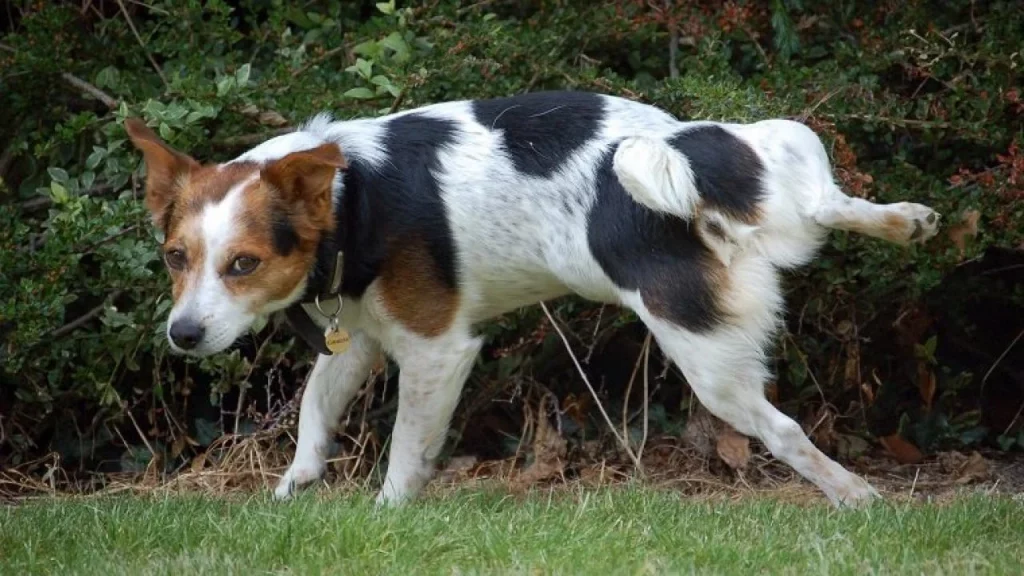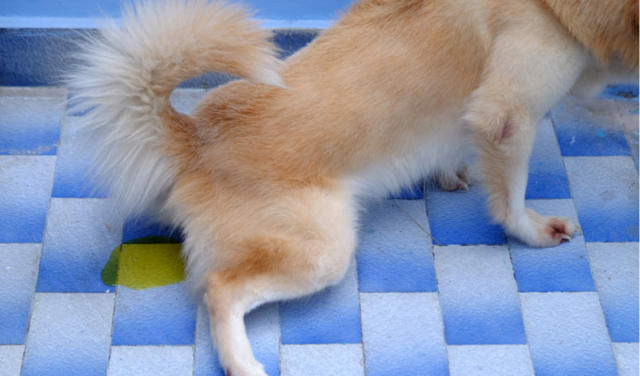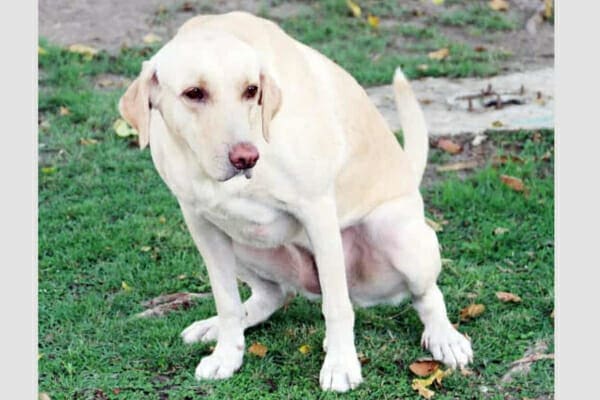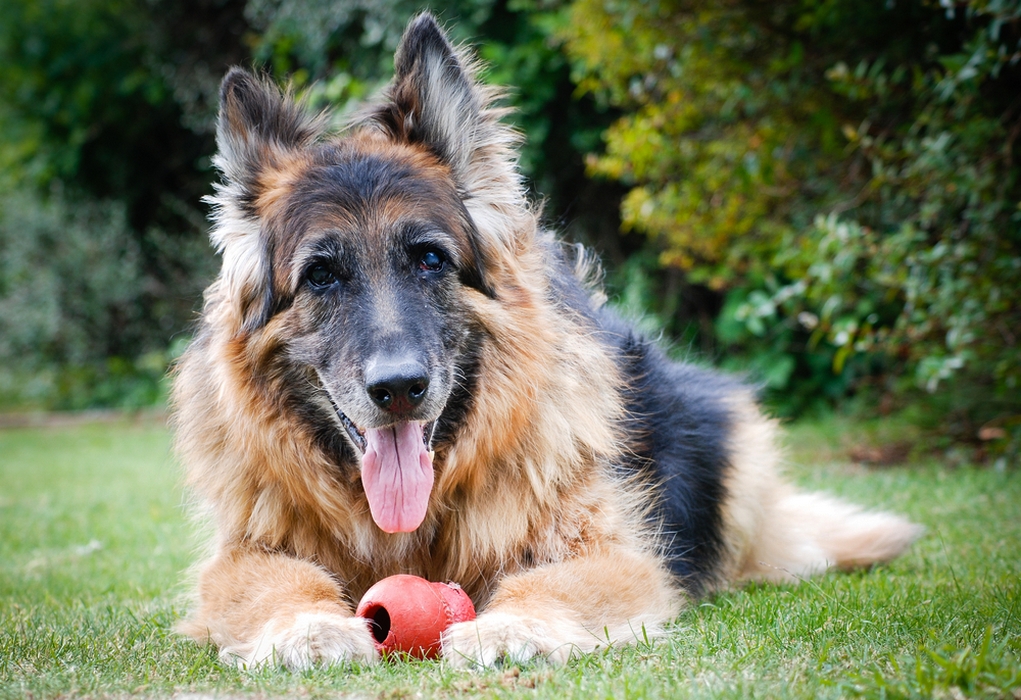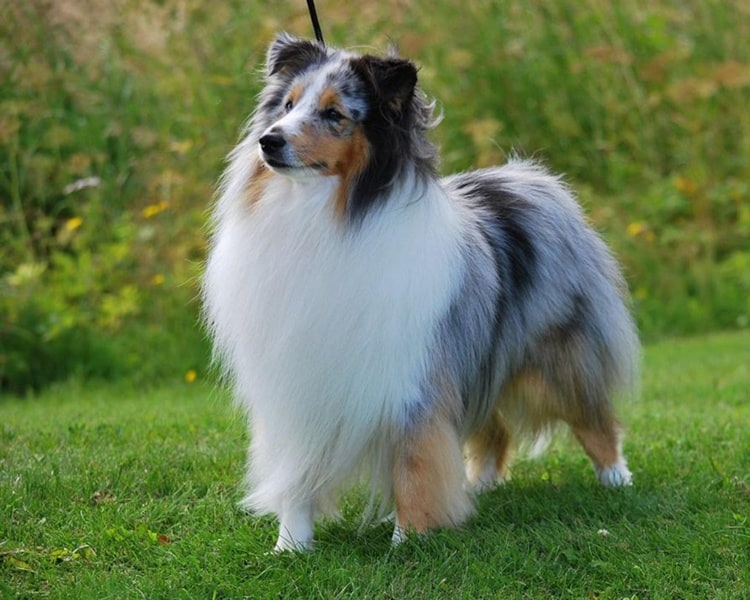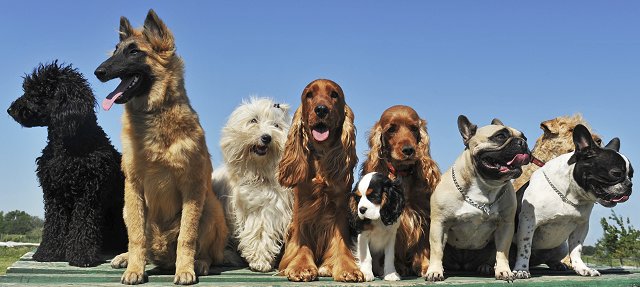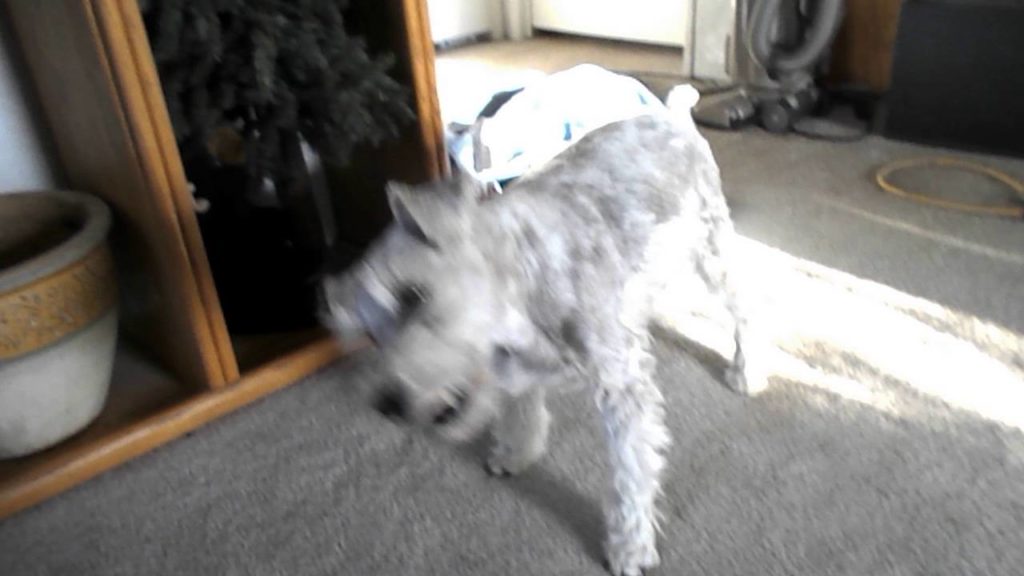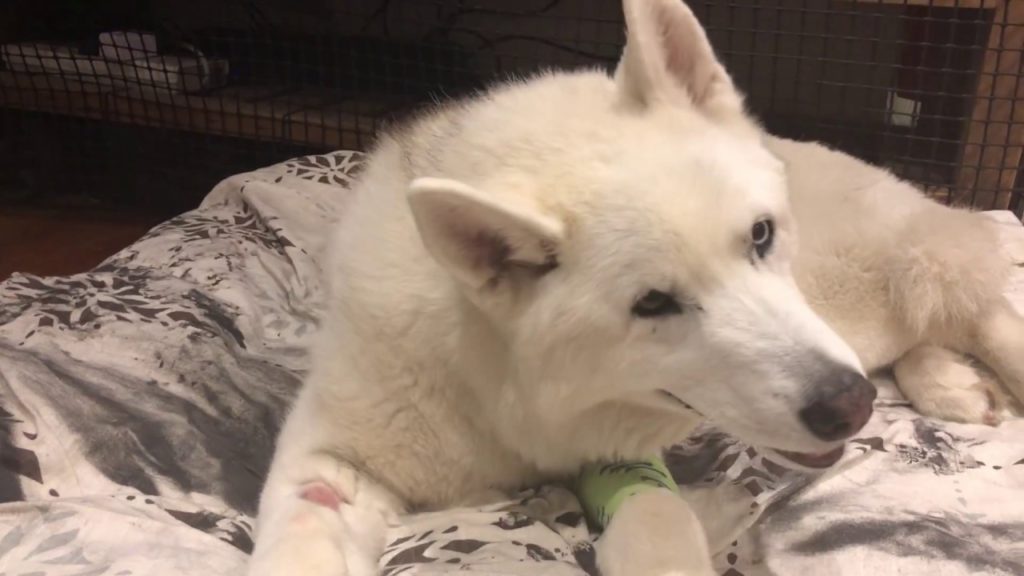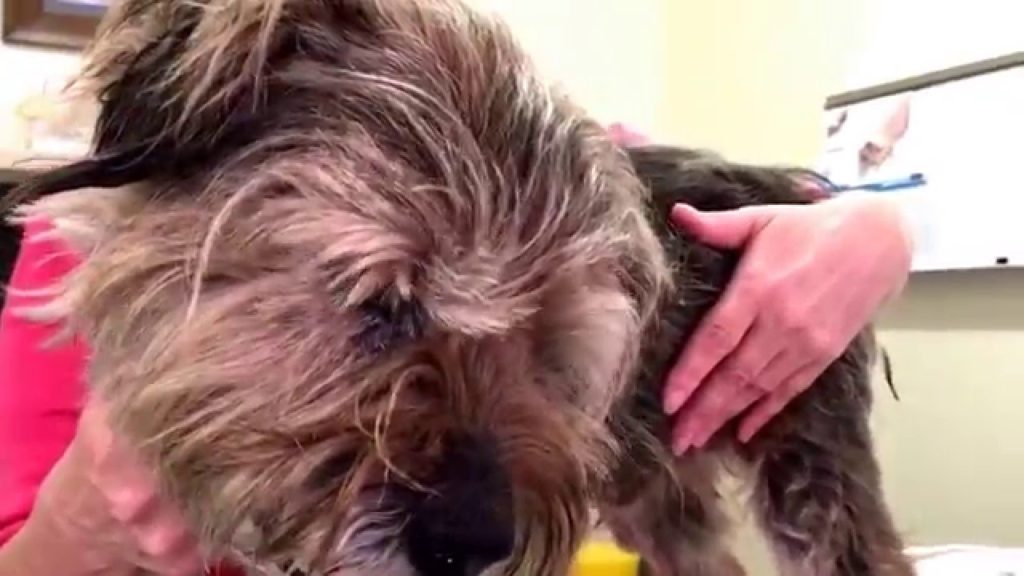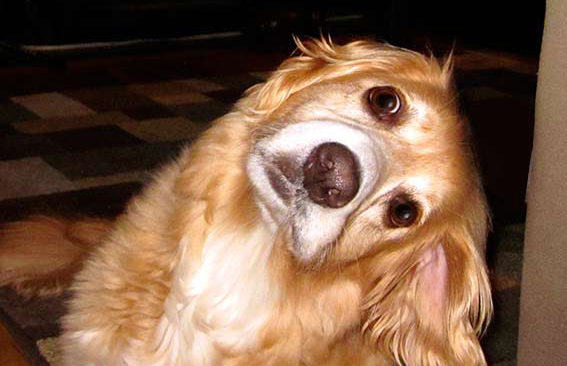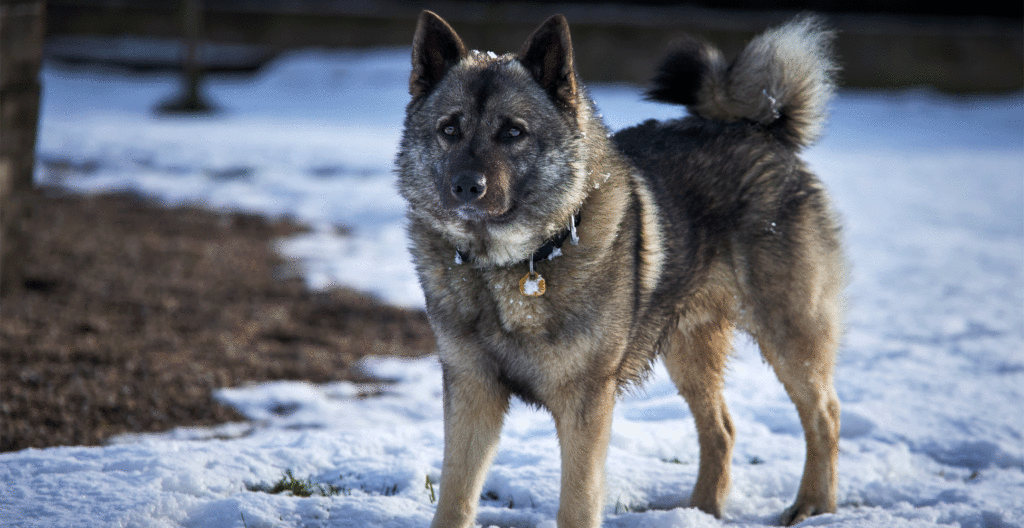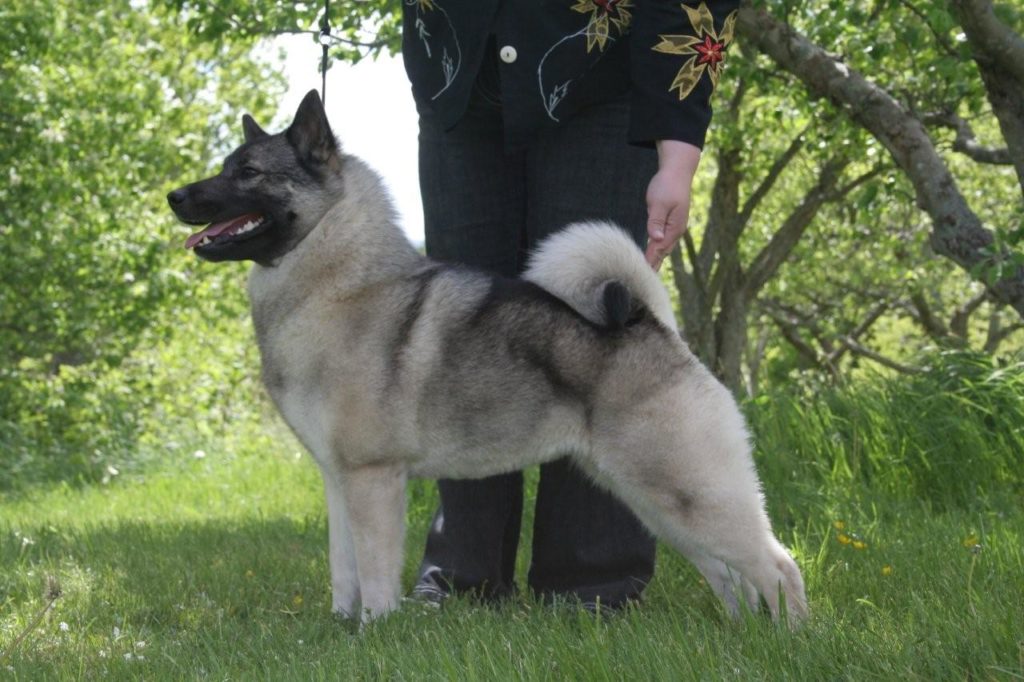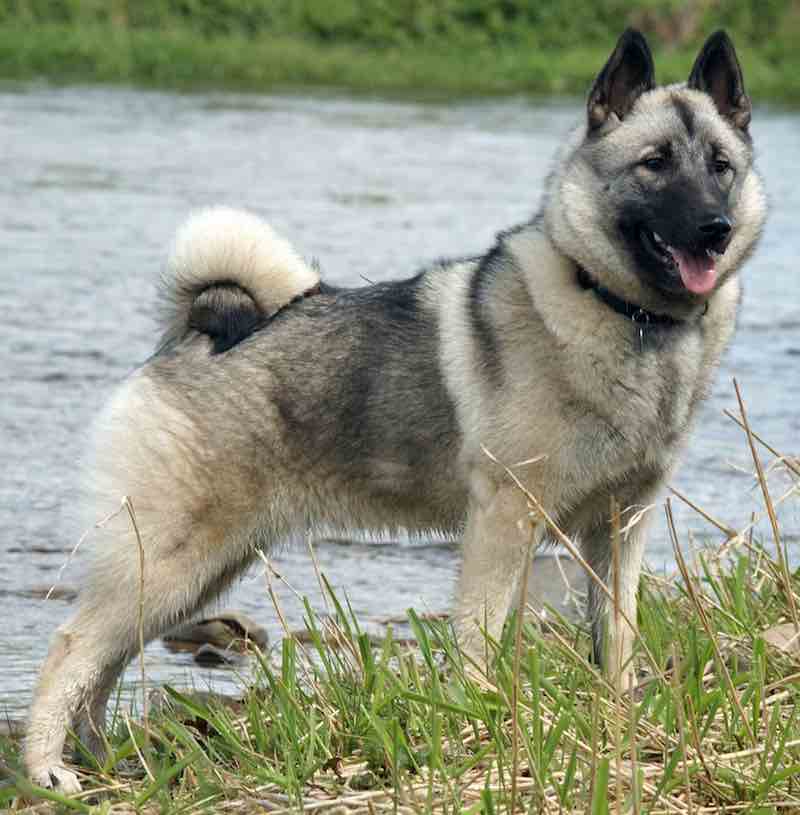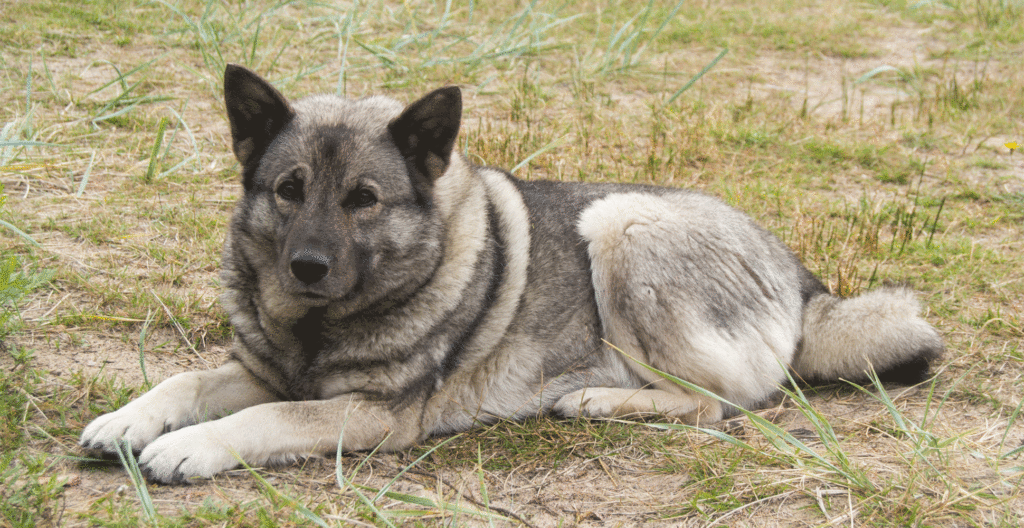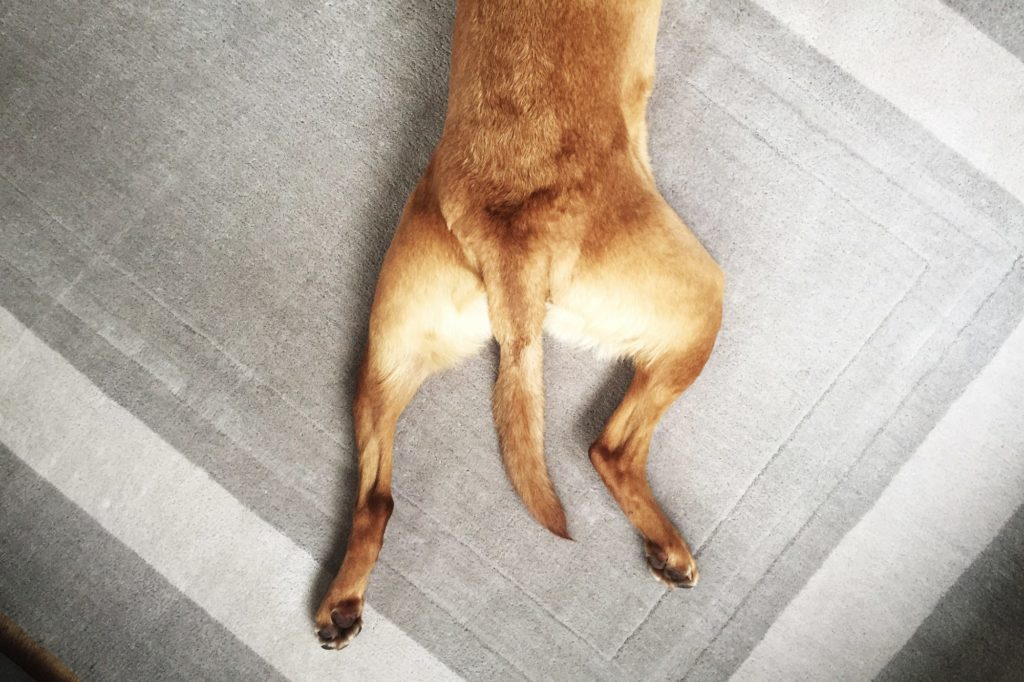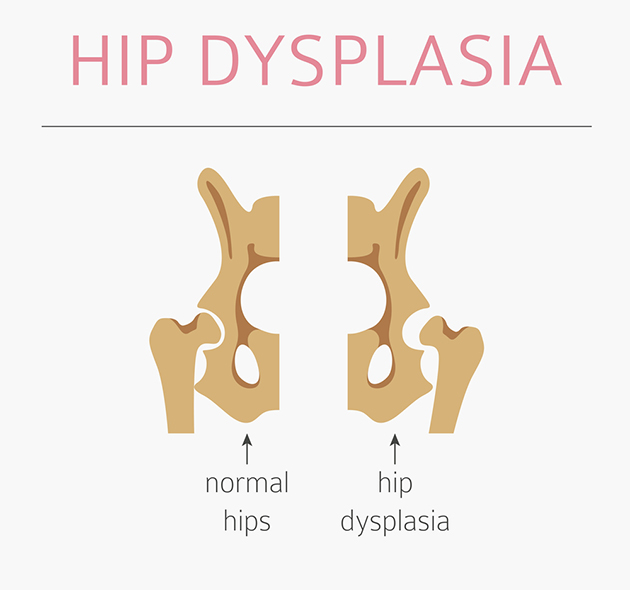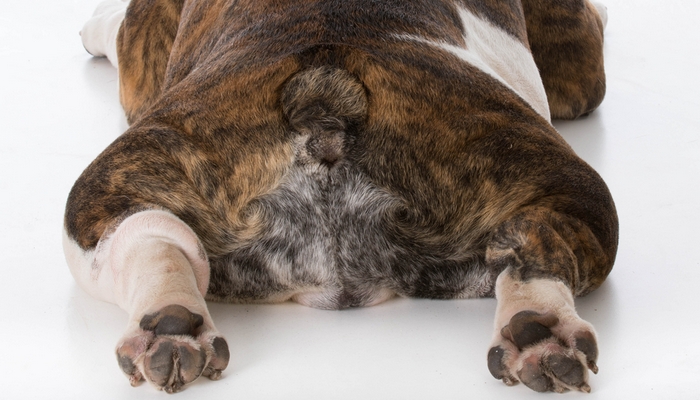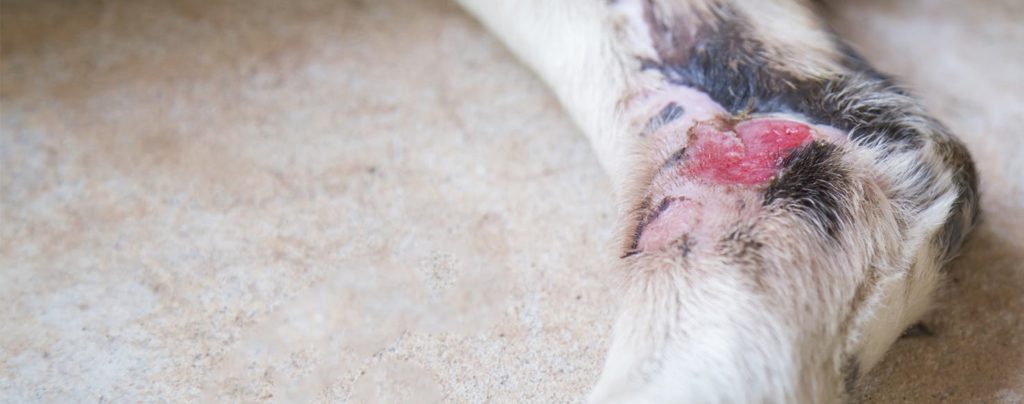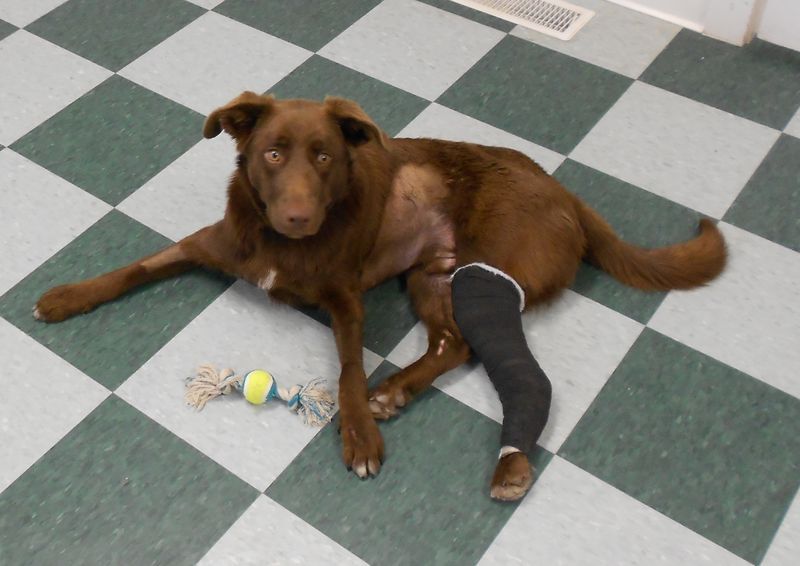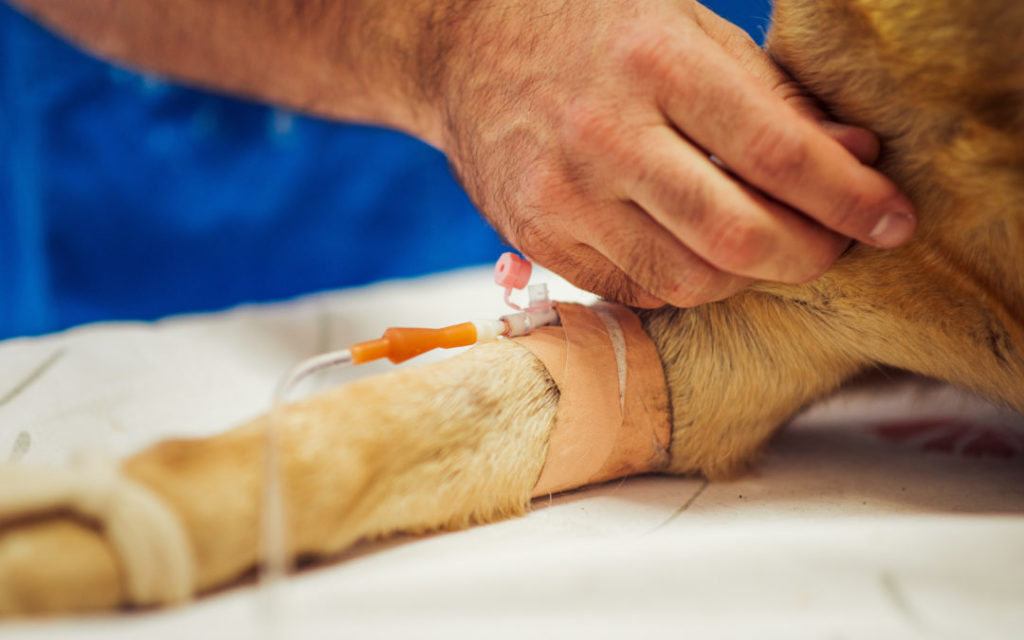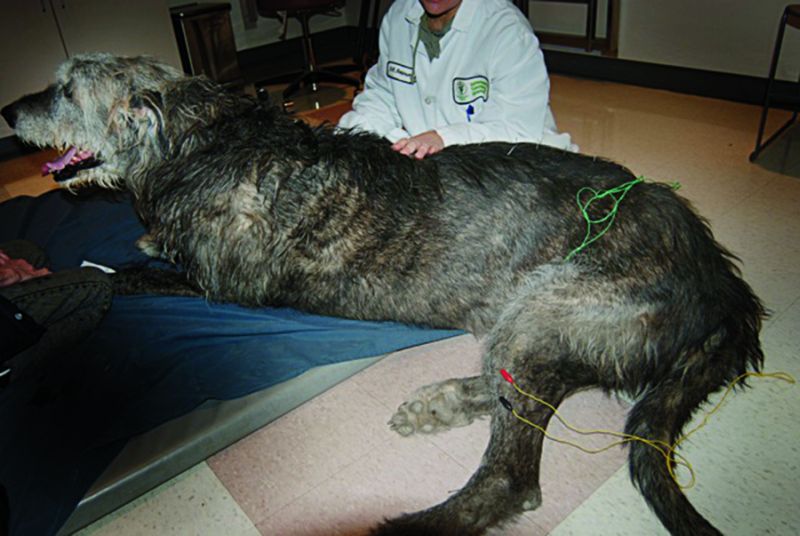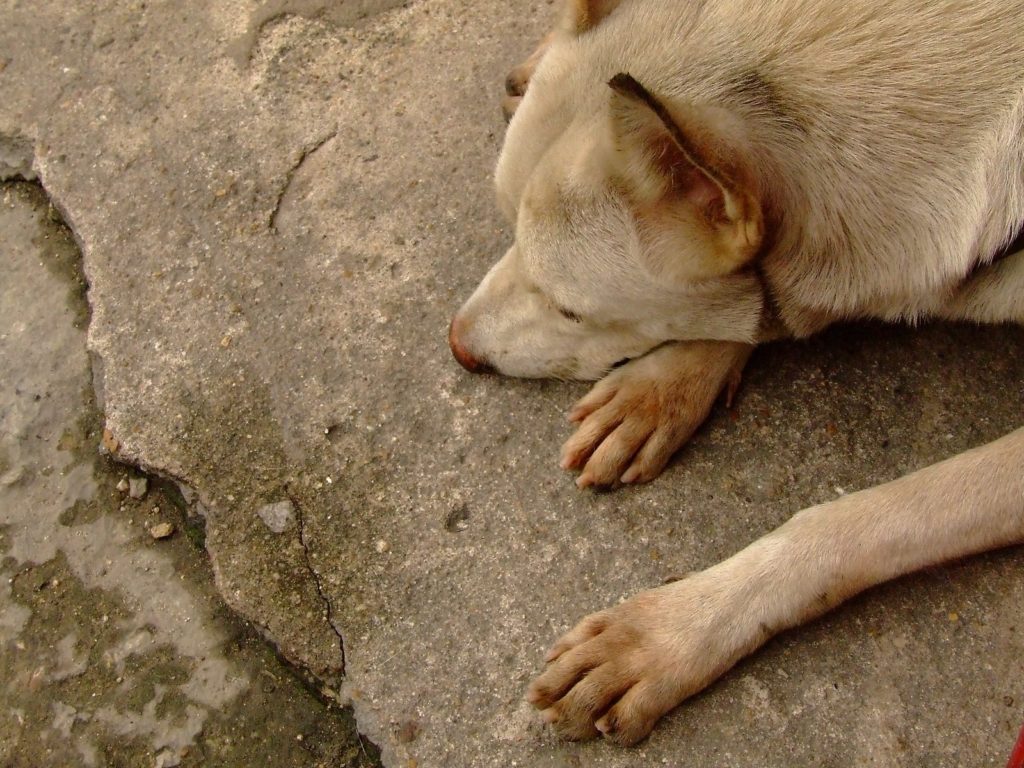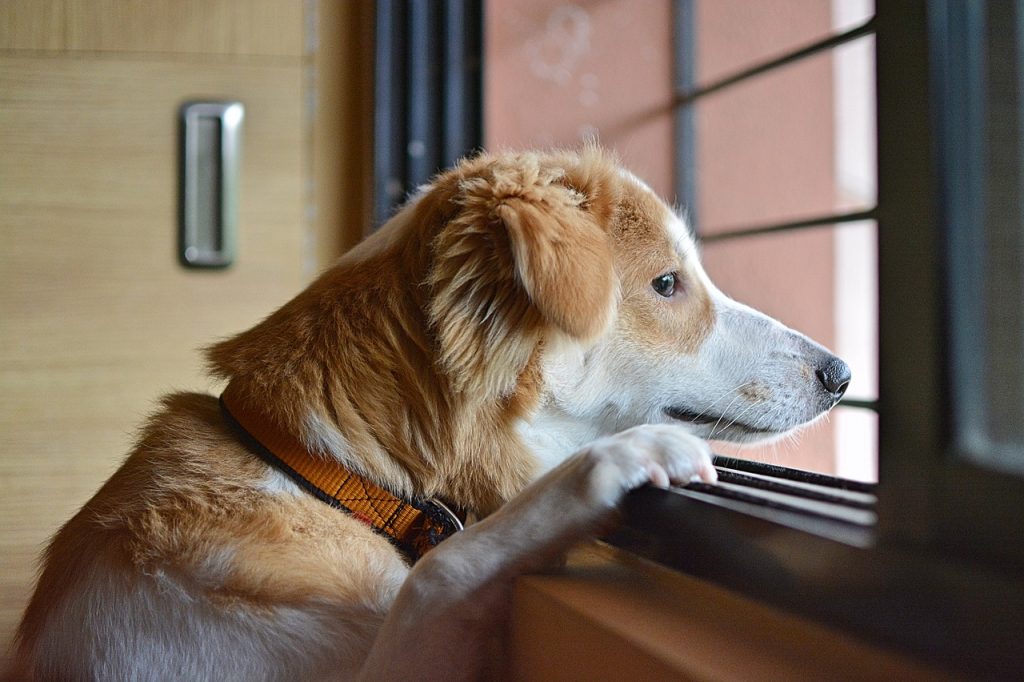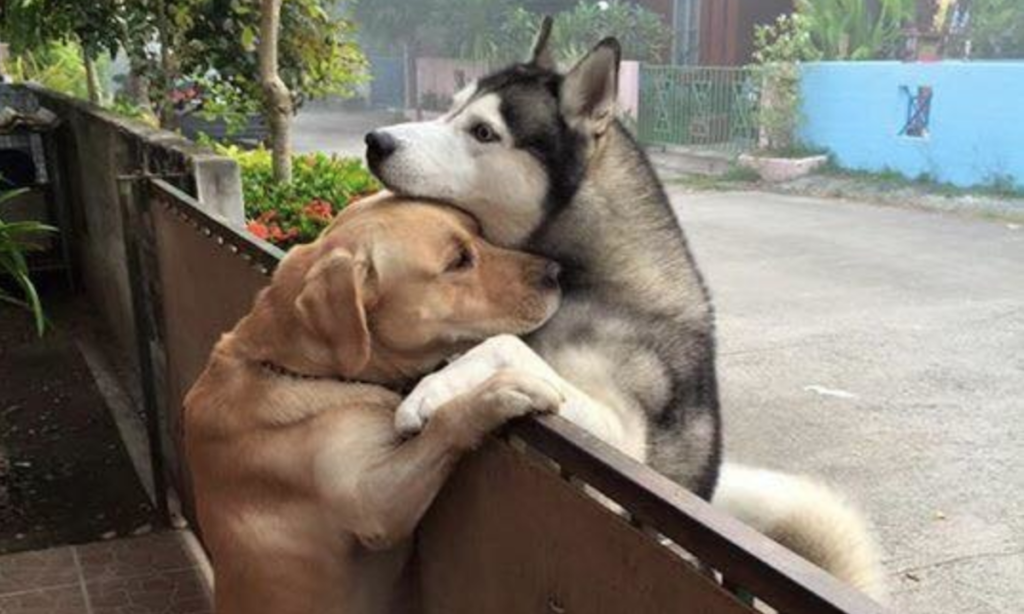Destructive behavior in dogs – Any action that is harmful to the dog or the home is considered destructive behavior. Self-chewing, licking, digging household items or structures such as doors, furniture, drapes, clothing, and so on, as well as soiling in the house, are examples. Chewing is a common and natural dog behavior that can be limited to appropriate outlets like toys and bones.
Chewing and scratching that causes damage to your home and property, on the other hand, is unhealthy and dangerous for your dog. Destructive Behavior In Dogs is fairly common, and it can be normal or related to anxiety caused by boredom from lack of exercise or confinement, separation from a family member, loud noises, thunder, fireworks, or being an intense person.

Causes of Destructive Behavior In Dogs
The causes of Destructive Behavior In Dogs include
- Insufficient supervision
- Insufficient exercise
- Insufficient daily activity
- Obsessive-compulsive disease
- Protecting territory
- Separation anxiety
- Phobias
Symptoms of Destructive Behavior In Dogs
Destructive Behavior In Dogs symptoms include
- Chewing on furniture
- Digging holes in the yard
- Barking and howling incessantly when left alone
- Urinating and defecting inappropriately or in the wrong area
- Pica, or eating objects that are not food, such as dirt or rocks
- Excessively licking self or objects
- Destruction accompanied by fear symptoms such as pacing, hiding, and shivering
- Destroying door frames or window sills
- Scratching doors and windows
- Coprophagia
- Pacing in a circular way or going back and forth in a straight line
Diagnosis for the Destructive Behavior In Dogs
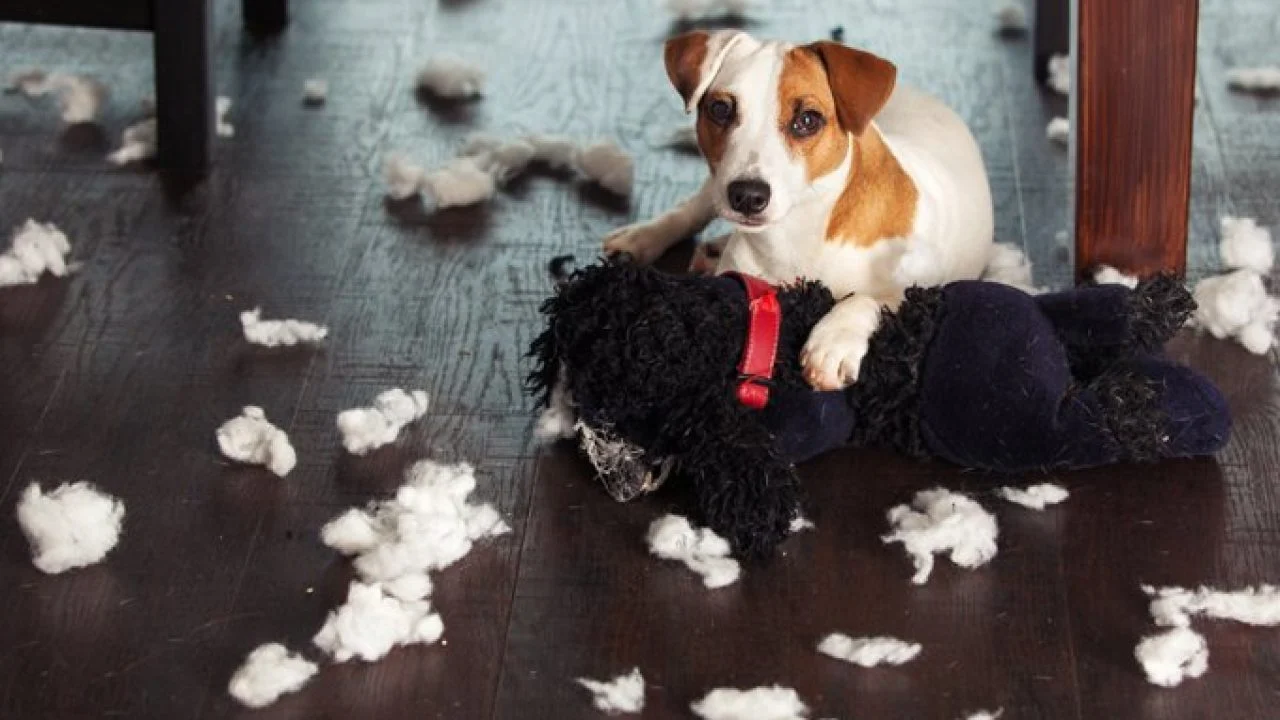
In order to check for Destructive Behavior In Dogs, your dog’s health history, as well as detailed descriptions of his activity level, environment, training history, and behavioral difficulties, must be provided to the veterinarian. It’s critical to tell the veterinarian how long the destructive behavior has been a problem if it’s gotten better or worse over time, and whether it occurs while you’re present, when you’re not, or at all times.
The veterinarian will do a battery of tests to see if there are any underlying explanations for your dog’s destructive behavior. A blood sample to be tested for a complete blood count, which tests for abnormalities in red and white blood cell count, as well as platelet and hemoglobin; and a chemical blood profile, which examines for abnormalities in red and white blood cell count, as well as platelet and hemoglobin.
Your veterinarian may arrange a computed tomography (CT) scan or a magnetic resonance image (MRI) of your dog’s brain if your dog is older when the behavioral problems begin. These tests will allow your veterinarian to visually evaluate the brain and its ability to function, allowing them to identify if the Destructive Behavior In Dogs problems is caused by brain disease or tumor. If no medical issues are discovered, your dog will be labeled with a behavioral issue. A fecal sample will be taken and tested if your dog is exhibiting symptoms of pica, such as consuming non-food objects, to evaluate if the behavior is caused by a nutritional deficiency.
Treatment for the Destructive Behavior In Dogs
For main destructive behavior, your veterinarian can assist you in devising a strategy for redirecting your dog’s destructive activity toward appropriate objects. This will help you train your dog to chew on the items you want him to chew on and keep him from chewing on or harming the things you don’t want him to chew on. Medication is not required for pets with primary destructive habits.
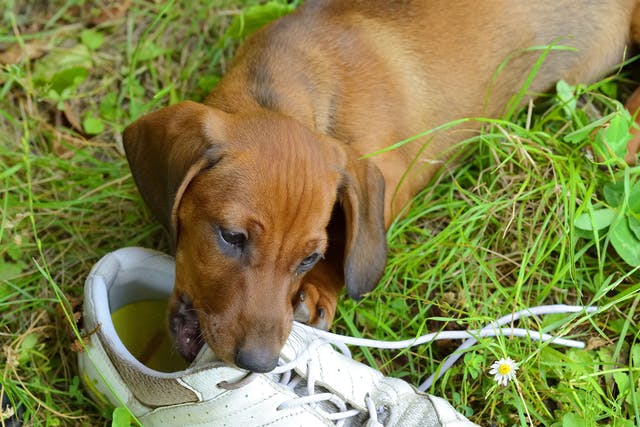
This form of preventative training should be used in conjunction with it. If a medical concern has been identified, it will be addressed first. The majority of the time, treating the sickness will resolve the destructive behavioral issue. If your dog’s destructive behavior problem isn’t caused by a medical condition, your veterinarian will devise a treatment plan. In the majority of cases, a combination of instruction and medicine is required.
Prevention from the Destructive Behavior In Dogs
It is critical to begin training as soon as possible and to maintain consistency. Early, intense training when your dog is a puppy will help it grasp what it can and cannot chew on, where it can roam, and so on. Your veterinarian can assist you in creating a training program to teach your dog what it is permitted to chew on and where it is permitted to dig.
While your dog is still young, it is also crucial to introduce it to a variety of people, animals, and circumstances. This will assist your dog in learning how to act in a variety of scenarios. Keep a close eye on your pet for any changes in behavior and address them right once. It is easier to avoid and remove physical or behavioral problems if they are treated immediately.
RECOMMENDED ARTICLES
- Bernese Shepherd Mix- Characteristics And Behaviour
- Bullmastiff Dog – 6 Captivating Physical Appearance, Training And Health
- The Vizsla Dog Breed Complete Guide – 2 Known Facts, Traits, Pictures & More
If you like, please share it. Sharing is usually caring.

